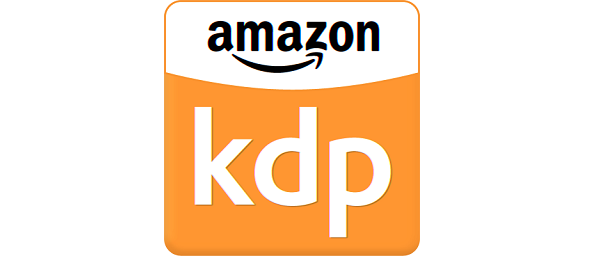Banking Sector Analysis: Which Banks Are Positioned for Growth?
The Indian banking sector is experiencing significant shifts due to economic recovery, advancements in digital technology, and regulatory updates. Investors want to know which banks are best positioned for growth in the coming quarters. This research looks at the major variables and trends that could influence the sector’s trajectory in FY 24-25.
Profitability and Growth Drivers
Profitability is essential for determining a bank’s potential. Many banks reported strong earnings growth in fiscal year 24-25, owing to growing lending demand and improved asset quality. Public Sector Banks (PSBs) have reported substantial profit increases.
For instance, SBI recorded a net profit of ₹17,035 crore in Q1FY25, marking a 0.89% increase year-on-year. This growth was supported by a robust Net Interest Income (NII) of ₹41,125 crore, highlighting the bank’s strong operational performance.
Private sector banks, such as HDFC Bank and ICICI Bank, continue to be the most profitable due to their efficient cost structures and high asset quality. In Q1FY25, HDFC Bank’s net profit increased by 33.17% YoY to ₹16,474.85 crore, owing to a robust loan portfolio and sustained NIMs (Net Interest Margins). The positive performance of these banks contributes significantly to the total movement of the Bank Nifty index.
Asset Quality and Provisioning
Banks continue to place a high priority on asset quality, particularly due to the ongoing resolution of stressed assets. The Gross Non-Performing Asset (NPA) ratios of PSBs have improved; SBI, for example, reduced its Gross NPA to 2.21% in Q1FY25 from 2.24% in the prior quarter.
In the private sector, ICICI Bank has maintained a low GNPA ratio of 2.15% because of its efficient loan monitoring procedures and cautious approach to risk management. Strong provisioning coverage ratios for both PSBs and private banks guarantee sufficient safety nets against future failures.
Digital Transformation and Operational Efficiency
The digital transformation is altering the banking industry, with early adopters enjoying the rewards.
HDFC Bank, for example, has invested heavily in digital initiatives, resulting in a lower cost-to-income ratio of 41.10% in Q1FY25. The impact of HDFC Bank’s digital strategies is also reflected in the steady rise of the HDFC Bank stock price.
Capital Adequacy and Growth Potential
The Reserve Bank of India’s (RBI) Basel III norms have pushed banks to maintain higher capital buffers. SBI, with a capital adequacy ratio of 13.86%, is well-positioned to meet these requirements while pursuing growth opportunities. The bank’s recent capital raising initiatives further bolster its ability to expand its loan book and invest in new technologies.
Among private banks, ICICI Bank and HDFC Bank have also strengthened their capital positions, with ratios of 16.63% and 19.3% respectively, ensuring they are well-equipped to support future growth.
Which Banks Are Best Positioned for Growth?
Based on the above analysis, both public and private sector banks have shown strong potential for growth. SBI stands out among PSBs for its robust profitability, improving asset quality, and strong capital base.
HDFC Bank and ICICI Bank lead the private sector, with their superior digital capabilities, operational efficiency, and prudent risk management.
For investors, banks that demonstrate a combination of strong profitability, high asset quality, and a commitment to digital transformation are likely to offer growth potential in the coming years.
Conclusion
The Indian banking sector presents numerous growth opportunities, driven by economic recovery and digital innovation. Banks like SBI, HDFC Bank, and ICICI Bank are well-positioned to capitalize on these trends, making them attractive options for investors looking to tap into the sector’s growth potential. As always, thorough research and careful consideration of key metrics are essential when making investment decisions in the banking space.







